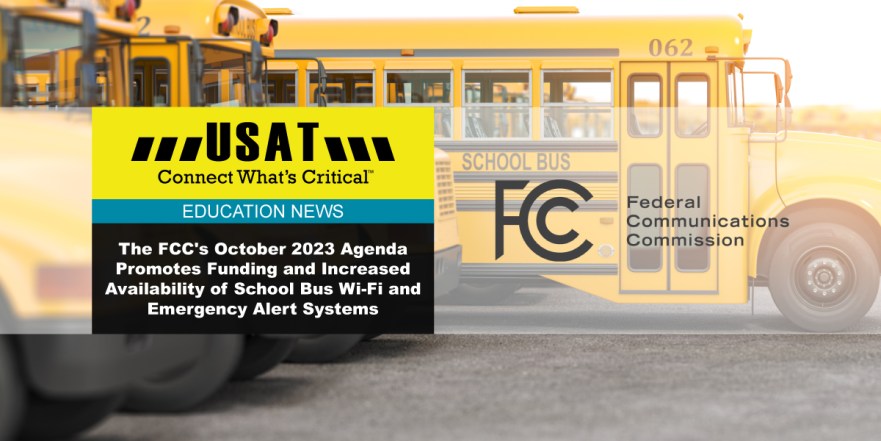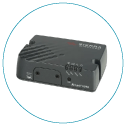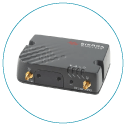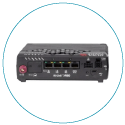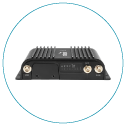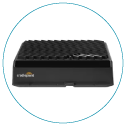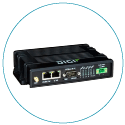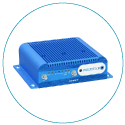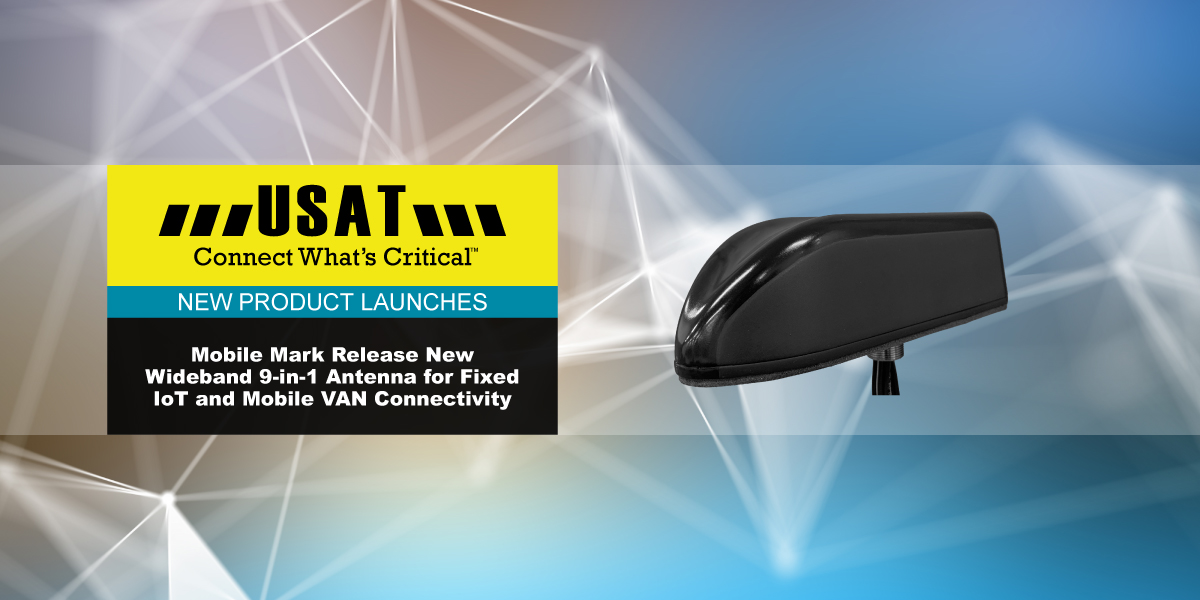A Pledge to Net Neutrality
One of the primary focal points of the FCC's October 2023 agenda is to underscore the organization's unwavering commitment to preserving the principles of net neutrality. In the wake of the COVID-19 pandemic, which has highlighted broadband's status as an essential service, the agency is determined to ensure that internet access remains fast, open, and equitable.
To ensure that broadband is accessible to all, the October agenda proposes to initiate the process of restoring the FCC's widely popular net neutrality rules, which were repealed in 2017. The proposal also involves reclassifying broadband as a Title II telecommunications service under the Communications Act, a move that will reaffirm the FCC's role as a guardian of national security and public safety on broadband networks.
This classification also sets a uniform, national framework for internet standards to ensure consistency and coherence in internet regulations. These regulations are designed to prevent a complicated patchwork of state regulations that could hamper innovation and digital progress.
Bridging the Homework Gap
The October agenda also heavily focuses on supporting tools to help bridge the Homework Gap. The global pandemic revealed that students' access to the internet is no longer a luxury but a fundamental need. The Homework Gap has become more apparent with online learning becoming more prevalent.
The Emergency Connectivity Fund (ECF) - enacted during the pandemic to help schools and public libraries support their communities - played a pivotal role in equipping school buses with Wi-Fi connections and assisting students in accessing online learning resources.

However, to sustain these efforts beyond the ECF's funding period, the Commission is considering a Declaratory Ruling that would allow E-Rate funding (discounted funding for schools and libraries) to be allocated for Wi-Fi on school buses. This expansion would help to transform travel time into productive study time and could make a substantial difference in rural areas by facilitating limitless learning opportunities for students, regardless of their geographical location.
Enhancing Wireless Emergency Alerts
The FCC's commitment to public safety and emergency preparedness is unwavering and is demonstrated through the proposed enhancement of Wireless Emergency Alerts. These alerts, operational since 2012, play a pivotal role in warning the public about severe weather, missing children, and other critical situations. However, these alerts have traditionally been available only in English and Spanish.

The proposed enhancements include support for multilingual alerting and other modifications that will specifically help alerting authorities gain a more comprehensive understanding of how and where these alerts will be disseminated within their communities. In an increasingly diverse and multicultural society, this is a crucial step towards ensuring everyone has equal access to vital information during emergencies.
Improving Telehealth and Maternal Health Outcomes
Sadly, the United States is the only developed nation experiencing a troubling rise in both maternal mortality and severe maternal morbidity rates. Research conducted by the Centers for Disease Control and Prevention (CDC) has revealed that many of these tragic deaths and health complications could be avoided through improved access to broadband connectivity and its ability to facilitate healthcare services. Telehealth, remote patient monitoring, and various interconnected healthcare devices and services hold significant potential to enhance overall health outcomes.

To harness the power of digital health tools for the betterment of maternal care, the FCC is planning to hold a pivotal vote on an inquiry to explore and expand upon the capabilities of the Commission's mapping platform. Their goal is to ultimately unlock innovative ways to maximize the potential of digital health solutions in improving maternal care.
Harnessing The Unlicensed Spectrum
Wi-Fi connectivity operating within an unlicensed spectrum has become a fundamental component of our daily lives. In 2020 the FCC addressed the burgeoning demand for cutting-edge Wi-Fi technology by opening up a substantial 1,200 gigahertz of spectrum within the 6 GHz band and expanding the capacity for unlicensed use.
This ushered in an era of innovation and transformation and has paved the way for new applications and services. The proposal seeks to grant permission for Very Low Power devices to operate within two designated portions of the 6 GHz band.
Expanding the 6 GHz band could revamp and amplify learning opportunities, enabling enhanced educational experiences for students of all ages. The healthcare industry is also poised to benefit, as the spectrum expansion can help facilitate advanced healthcare solutions such as telehealth and remote monitoring services.
Bringing Connectivity To The Most Remote Areas
Addressing the unique connectivity challenges of the United States' most sparsely populated state - Alaska - and its many tribal communities - necessitates a creative and forward-thinking funding approach. In 2016 a 10-year plan was launched to support connectivity in Alaska. As the current phase of high-cost support for Alaska reaches its end in the coming years, the FCC is poised to take decisive action as they explore innovative strategies for continuing support in fixed and mobile broadband across some of the nation's most underserved and remote regions. Additionally, the FCC will be voting on changes geared toward streamlining the high-cost program rules, further ensuring an efficient allocation of resources.

Improve Programming For The Visually Impaired
The commitment to accessibility and inclusivity is a cornerstone of the FCC's October agenda, and the FCC is working to make video programming more accessible for individuals who are blind and visually impaired. The FCC's current rules mandate that video programmers provide audio descriptions in the 100 largest TV markets by the end of the year. However, the proposal introduces a phased approach to extending this requirement and envisions the gradual inclusion of audio descriptions in an additional 10 markets each year until all markets are encompassed. This progressive approach aligns with the FCC's mission to extend accessibility and inclusivity to all Americans, particularly those with visual impairments.
About USAT
USAT specializes in designing and deploying fixed and mobile wireless data connectivity solutions for educational institutions of all sizes — complete with implementation, training, proof of concept (POC), system auditing, and on-site RF surveying services with optional engineering maintenance contracts.
Our team not only helps you select, provision, and activate devices, we make sure they work in practical applications and real-life situations.
USAT is uniquely equipped to provide secure cellular communications solutions for public and private schools across the USA. With our extensive catalog of world-class routers, gateways, and software designed for remote monitoring and management in even the harshest environments — you can count on us to get and keep you connected.
Better connectivity translates to less manual equipment maintenance, reduced downtime, and an overall increase in your operational ROI. Contact the experts at USAT to learn how our wireless networking solutions can help meet your organization's exacting needs.
Share this Post

